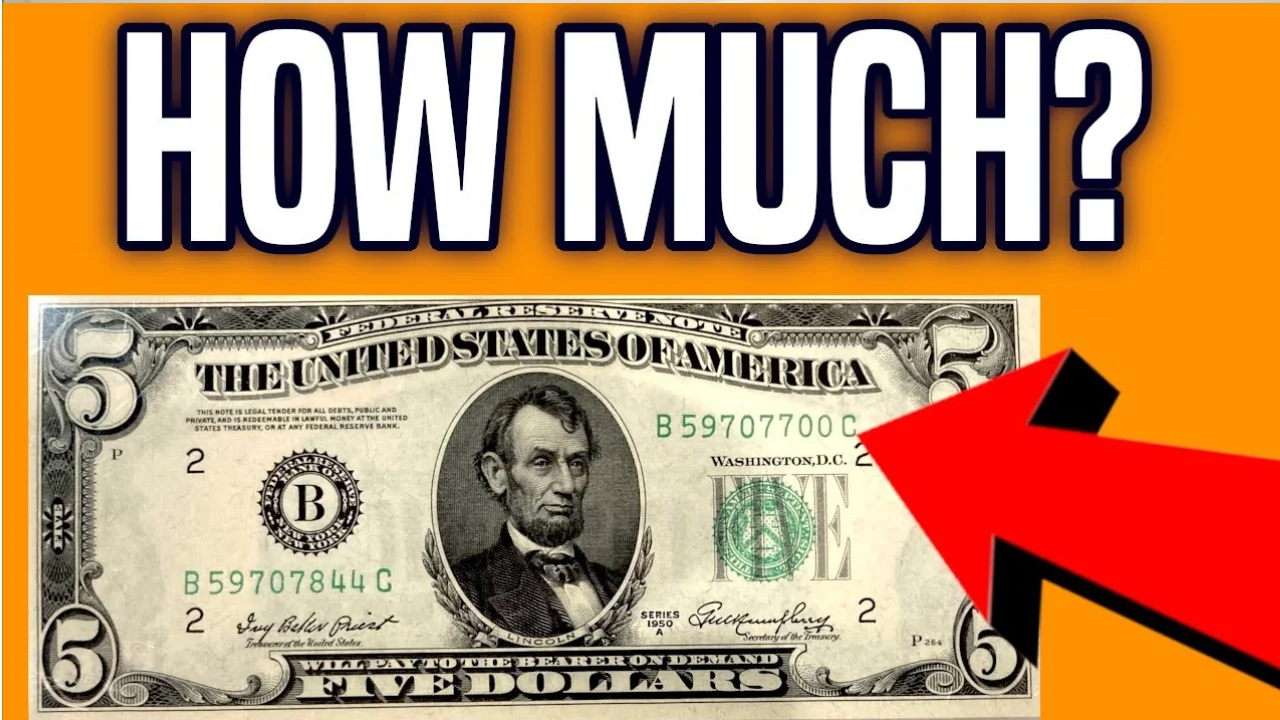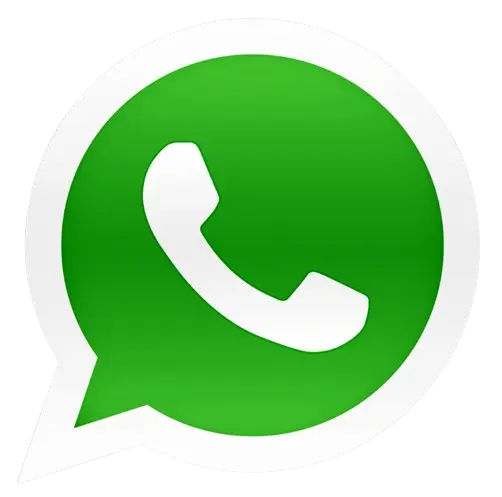1995 $5 Bill :Sometimes, the most valuable treasures are hiding in plain sight — even in your wallet. While most of us spend cash without a second thought, collectors and currency experts know that a small printing error can turn an ordinary bill into a rare and valuable find. One such fascinating example is the 1995 $5 bill with an upside-down seal, a printing mistake that has captured the attention of numismatists and curious citizens alike.
If you’ve ever wondered whether that old bill in your dresser drawer might be worth more than face value, this might be your moment to find out. Here’s how to spot a genuine upside-down seal error, why it’s valuable, and how much it might be worth today.
The Story Behind the 1995 $5 Bill Error
The 1995 $5 bill belongs to the Federal Reserve Note series issued by the U.S. Bureau of Engraving and Printing (BEP). At first glance, these bills look just like any other — Abraham Lincoln’s portrait in the center, the U.S. Treasury seal on the right, and the Federal Reserve seal on the left.
However, during production, a small batch of these bills was printed with a notable error — the Treasury seal on the right-hand side was printed upside down.
How could such a mistake happen?
The BEP prints millions of bills daily, and each note passes through multiple high-speed presses during production. The Treasury seal and serial numbers are added in a separate printing stage known as the “overprint process.” If the sheet of bills is accidentally flipped or misaligned before this stage, the seal can end up inverted.
Though these errors are rare, they occasionally slip through quality control, making them highly collectible and valuable to paper money enthusiasts.
How to Identify an Upside-Down Seal $5 Bill
If you think you might have one of these rare bills, it’s important to know exactly what to look for. Many people confuse ordinary wear or smudging with legitimate errors, but a true upside-down seal has very specific characteristics.
Here’s how to identify one correctly:
-
Check the Series Year
The first step is to confirm that your bill is from the 1995 series. You can find the series year printed on the right-hand side of the bill, just below the Secretary of the Treasury’s signature. -
Inspect the Treasury Seal
Look carefully at the green Treasury seal located to the right of Abraham Lincoln’s portrait. On a genuine error note, this seal will be rotated 180 degrees — meaning the top of the seal is pointing downward instead of upward. -
Verify the Federal Reserve Seal
The black Federal Reserve seal on the left should appear normal. If both seals are upside down, the bill is likely fake or part of a novelty print. -
Check Serial Numbers
The serial numbers should remain upright and perfectly aligned on both the left and right sides. If they’re printed upside down too, it’s not the same error — that would be an “inverted overprint” and is even rarer. -
Look for Consistency and Clarity
Genuine error bills maintain clear ink and crisp paper. If the seal looks smudged, faded, or hand-altered, it’s probably not authentic.
How Rare Are These Bills?
Authentic upside-down seal errors from the 1995 $5 series are extremely rare. Experts estimate that only a few hundred made it into circulation, though the exact number is unknown.
Most were likely caught and destroyed during the BEP’s inspection process, which makes surviving examples highly collectible. Because of this rarity, these bills often sell for hundreds or even thousands of dollars, depending on condition and serial number.
How Much Is a 1995 $5 Upside-Down Seal Bill Worth?
The value of your bill depends on several key factors:
-
Condition: Uncirculated or crisp bills can fetch much higher prices.
-
Rarity: If your bill has a unique serial number or comes from a specific Federal Reserve district, it could increase value.
-
Collector Demand: The more collectors looking for this error, the higher the price tends to climb.
As of 2025, here’s a general price estimate:
| Condition | Estimated Value (USD) |
|---|---|
| Circulated (used, worn) | $250–$500 |
| Extremely Fine | $700–$1,200 |
| Uncirculated (crisp, no folds) | $1,500–$3,000+ |
Special serial numbers — such as repeating digits, low numbers (00000025), or patterns (like 1234321) — can make the bill even more valuable to collectors.
How to Get Your Bill Verified
If you suspect your bill might be an authentic error note, you should have it professionally appraised. Avoid selling it immediately online until you confirm its authenticity.
You can take it to:
-
A certified currency appraiser or numismatist.
-
A reputable coin and paper money show in your area.
-
Professional grading companies such as PCGS Currency or PMG (Paper Money Guaranty), which can authenticate and grade your bill officially.
Once verified, you can sell it through collectors’ forums, online auction platforms, or specialty dealers who focus on rare currency.
Final Thoughts
In a world of digital payments, cash is becoming rarer in daily life — but sometimes, the most valuable finds are the ones we still hold in our hands. The 1995 $5 bill with an upside-down seal is a perfect reminder that even the smallest printing mistake can transform ordinary paper into a collector’s dream.
So before you spend that old $5 bill, take a moment to check it carefully. You might just be holding a little piece of history — and a small fortune — right in your pocket.

